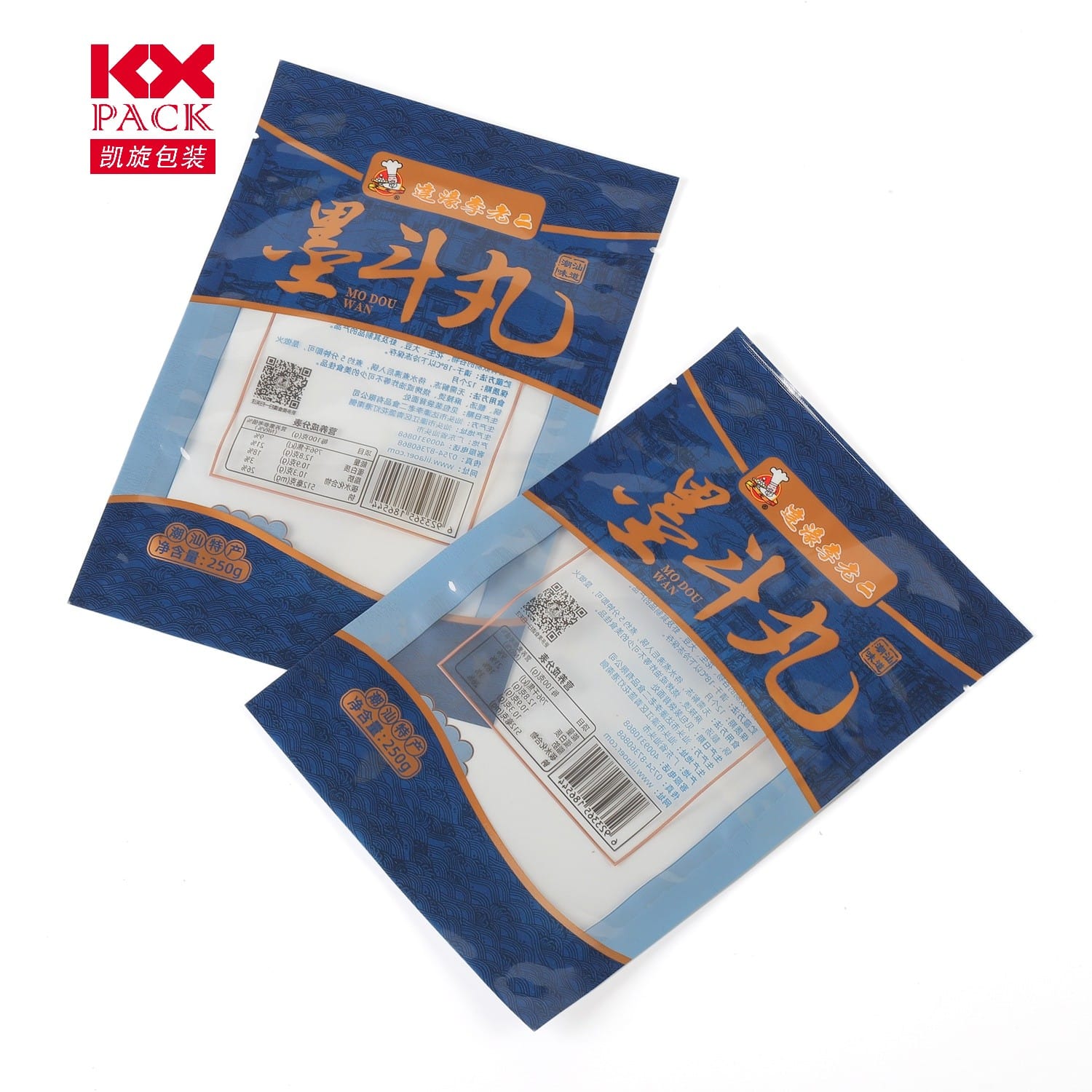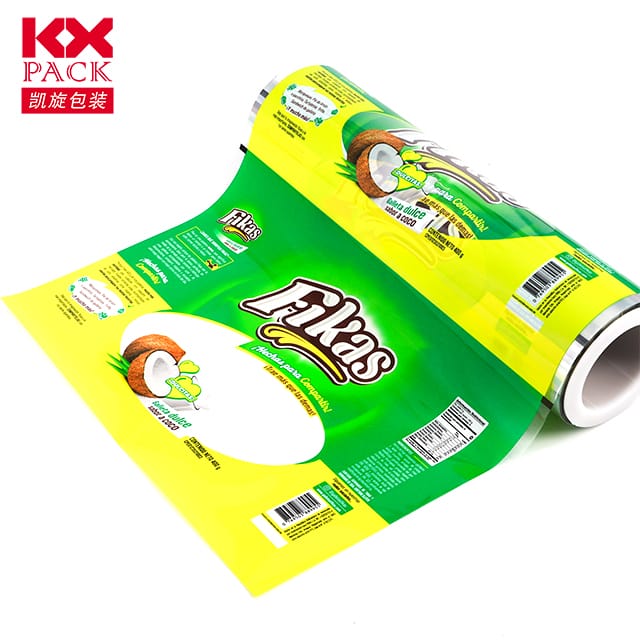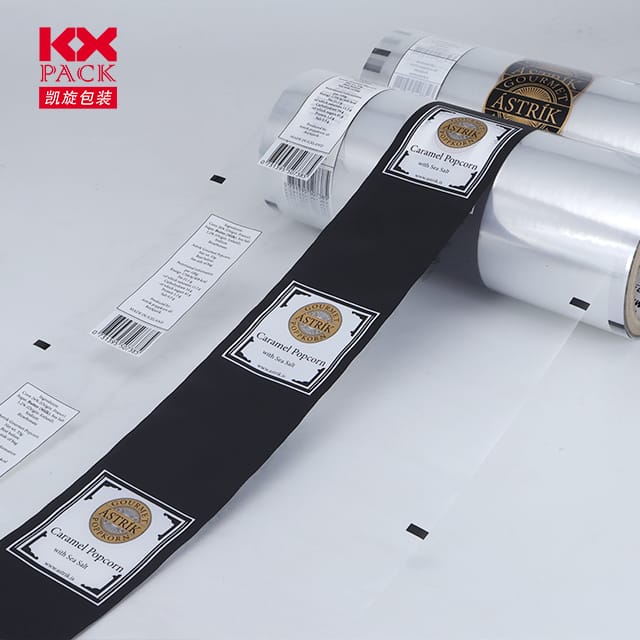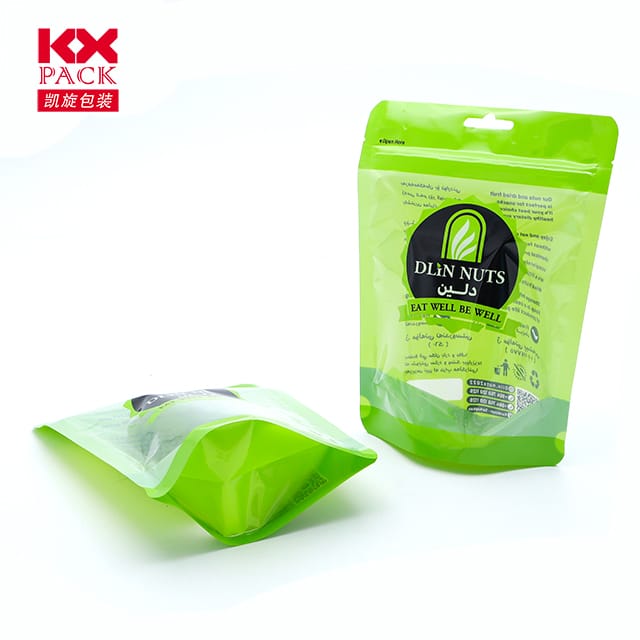პლასტიკური ფილმის საბოლოო სახელმძღვანელო შეფუთვისთვის: გამოყენება, სარგებელი, და ეკო მეგობრული ალტერნატივები
პლასტიკური ფილმი
შეფუთავთ თუ არა დარჩენილებს, სეზონური ნივთების შენახვა, ან მყიფე საქონლის გადაზიდვა, platic film for wrapping is a household staple. ცნობილია მისი მოქნილობით, გამჭვირვალობა, და ჰერმეტული ბეჭდის შექმნის უნარი, პლასტმასის შესაფუთი (ან cling ფილმი) ამარტივებს საკვების შენარჩუნებას და შეფუთვას. თუმცა, იზრდება გარემოსდაცვითი პრობლემები, ბევრი გადახედავს მის გამოყენებას. ამ სახელმძღვანელოში, we’ll explore the practical uses of plastic film, its drawbacks, and sustainable alternatives to help you make informed choices.
What Is Platic Film for Wrapping?
Platic film for wrapping—commonly called cling film, შემოთავაზების შეფუთვა, or food wrap—is a thin, stretchable plastic sheet made primarily from polyethylene (PE) or polyvinylidene chloride (PVDC). It’s designed to cling to surfaces, creating a tight seal that protects food from air, ტენიანობა, და დამაბინძურებლები.
Common Uses of Platic Film
- საკვების შენახვა:
- გადაიტანეთ ნაშთები, ხილი, ბოსტნეული, and sandwiches to keep them fresh.
- Cover bowls and dishes to prevent spills and maintain moisture.
- Household Organization:
- Protect furniture during painting or renovations.
- Wrap delicate items like vases or figurines before storing or moving.
- Shipping and Packaging:
- Secure fragile items by wrapping them in plastic film before placing them in boxes.
- Combine with bubble wrap for extra cushioning.
- Beauty and Personal Care:
- Use as a protective layer during hair treatments or DIY skincare routines.
Advantages of Plastic Film
- ხელმისაწვდომობა: Platic film is inexpensive and widely available.
- მოხერხებულობა: მისი მონაკვეთი, clingy nature makes it easy to use without tape or adhesives.
- გამჭვირვალობა: Allows you to see wrapped items without unwrapping them.
- ჰიგიენა: Creates a barrier against bacteria, dust, and pests.
The Environmental Impact of Pastic Film
While plastic film offers undeniable convenience, its environmental footprint is significant:
- არა ბიოდეგრადირებადი: Most plastic films take hundreds of years to decompose, contributing to landfill waste and ocean pollution.
- Single-Use Dominance: Many wraps are designed for one-time use, exacerbating plastic waste.
- Microplastic Risk: როდესაც იშლება, plastic film can release microplastics into ecosystems, harming wildlife and entering the food chain.
Eco-Friendly Alternatives to Plastic Film
- ფუტკრის ცვილის შეფუთვა:
- დამზადებულია ფუტკრის ცვილში დაფარული ბამბისგან, these reusable wraps are perfect for covering bowls or wrapping food.
- Biodegradable and compostable after use.
- სილიკონის საკვების გადასაფარებლები:
- ხანგრძლივი, reusable silicone lids stretch to fit bowls and containers, creating an airtight seal.
- მეორადი ქსოვილის გადასაფარებლები:
- Sew your own or purchase cloth covers with elastic edges for eco-friendly food storage.
- Glass or Plastic Containers:
- Invest in airtight containers for long-term storage instead of disposable wraps.
- Paper or Aluminum Foil (for Specific Uses):
- While not always ideal for moisture retention, unbleached parchment paper or recyclable aluminum foil can work for certain foods.
Tips for Reducing Plastic Film Waste
- Reuse When Possible: Rinse and dry plastic film for multiple uses if it’s still in good condition.
- სწორად გადამუშავება: Check local recycling guidelines—some areas accept clean plastic film in designated bins.
- Buy in Bulk: Opt for larger rolls to minimize packaging waste.
- Avoid Overuse: Only wrap what’s necessary to reduce plastic consumption.
საბოლოო აზრები
Plastic film for wrapping is undeniably practical, but its environmental cost is too high to ignore. By exploring reusable alternatives and adopting mindful usage habits, you can keep your food fresh while reducing plastic pollution. Small changes add up—start by swapping one plastic wrap habit for a sustainable option today!
წვერი: If you must use plastic film, look for brands made from recycled materials or those labeled as biodegradable (though verify certifications to ensure authenticity).
What’s your go-to alternative to plastic film? Share your tips in the comments below!
Let’s wrap smarter, not harder! 🌍✨







